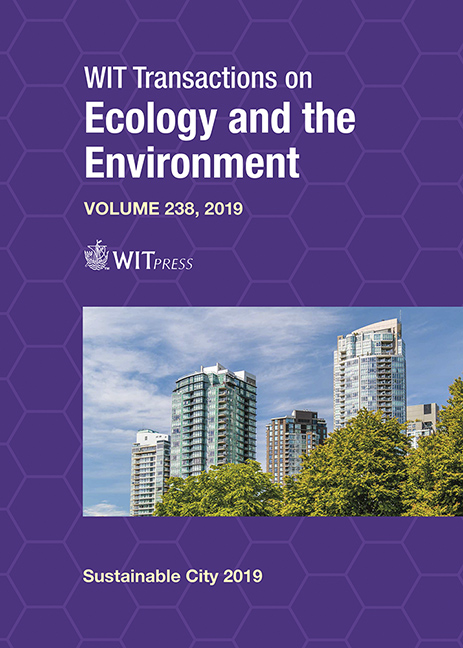CLIMATE CLASSIFICATION AND ITS APPLICABILITY TO BUILDINGS
Price
Free (open access)
Transaction
Volume
238
Pages
8
Page Range
311 - 318
Published
2019
Paper DOI
10.2495/SC190281
Copyright
WIT Press
Author(s)
JUAN JESÚS DE LA TORRE BAYO, CARMEN DÍAZ-LÓPEZ, MIGUEL LUIS RODRÍGUEZ GONZÁLEZ, EMILIO MARTÍNEZ IBARRA, MONTSERRAT ZAMORANO
Abstract
One of the main sectors responsible for the acceleration of climate change and the depletion of natural resources is the construction industry. This industry is responsible for using 40–50% of the Earth’s energy and increasing the anthropogenic emissions of greenhouse gases. In this context, it is essential to study regional climates in order to foresee the adverse effects of construction and take the appropriate measures to avoid or minimise the damage that can be caused in the medium and long term. The balance between the climatic zones assigned to a region and the construction that be carried out there is fundamental. The proposed guidelines to obtain a potential classification could serve as a starting point for the bioclimatic design of buildings. To combat the heat island effect through building, it is considered viable to develop bioclimatic charts in the main cities of Spain to identify the possibilities of urban microclimates and to be able to combine these results with those obtained by climate severities. In order to adapt the climate classifications to the H2100, the proposal is to apply this methodology with the prediction data indicated by the Intergovernmental Panel on Climate Change, having, as a goal, the development of zoning that adapts to the climatic conditions.
Keywords
climate classification, urban heat island, green construction, H2100





